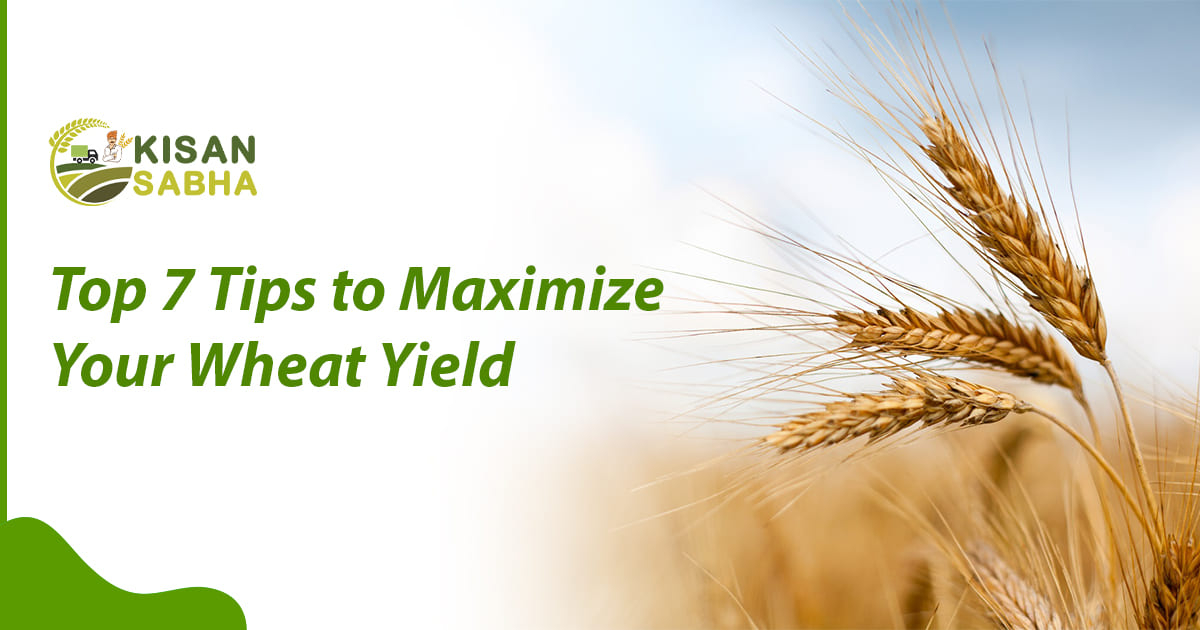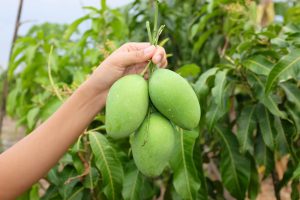Wheat, a staple crop around the world, is not only a significant source of food but also a key element of many agricultural economies. To get the best wheat produce, farmers need to employ effective strategies and practices that optimize yield and quality. In this article, we will explore seven essential tips to help you maximize your wheat yield and ensure a successful harvest.
7 Tips to Maximize Your Wheat Yield
Variety Selection
Choosing the right wheat variety is the foundation of a successful crop. Different wheat varieties have distinct characteristics, such as adaptability to specific climates, disease resistance, and yield potential. Conduct thorough research and select a wheat variety that suits your region and farming conditions. Consult with local agricultural experts or extension services to make an informed choice.
Seed Quality and Treatment
High-quality seeds are vital for a productive wheat crop. Invest in certified, disease-free seeds with good germination rates. Additionally, consider seed treatment to protect your crop from diseases and pests. Seed treatments can include fungicides and insecticides, which help prevent early-season setbacks and promote healthy plant establishment.
Proper Soil Preparation
Prepare your soil well in advance of planting. Wheat thrives in well-drained, loamy soil with a pH level of around 6.5. Ensure that your soil is adequately fertilized with essential nutrients like nitrogen, phosphorus, and potassium. Conduct soil tests to determine nutrient deficiencies and adjust your fertilizer application accordingly. Adequate soil preparation sets the stage for strong root development and robust wheat plants.
Planting Time and Depth
The timing of wheat planting is critical to its success. Planting too early or too late can expose your crop to weather-related risks and pests. In most regions, planting wheat in the fall for a winter crop is ideal, but planting dates may vary depending on local conditions. Ensure you plant at the correct depth, typically about 1 to 1.5 inches deep, to promote good root establishment and protect against frost.
Also Read:- Empowering Rural Women, Protecting Forests: KisanSabha’s Role In Bhingrada’s Eco-Friendly Initiative
Optimal Seeding Rate
Determining the right seeding rate is essential to maximize wheat yield. Planting too densely can lead to competition for resources and smaller grains, while planting too sparsely may result in wasted potential. Consult local recommendations and consider factors such as seed quality, soil conditions, and expected weed pressure when determining your seeding rate. Generally, a seeding rate of 1.2 to 1.6 million seeds per acre is common.
Disease and Pest Management
Effective disease and pest management are crucial to preserving your wheat crop’s health and maximizing yield. Familiarize yourself with common wheat diseases and pests in your region and implement preventative measures. This may include crop rotation, choosing resistant wheat varieties, and using appropriate pesticides when necessary. Regular scouting of your fields for early signs of issues is also essential for timely intervention.
Proper Irrigation and Water Management
Wheat requires adequate moisture for optimal growth and development. Proper irrigation and water management are crucial, especially in regions with erratic rainfall patterns. Implement efficient irrigation systems such as drip or pivot systems to ensure even water distribution. Monitor soil moisture levels regularly and adjust your irrigation schedule accordingly to avoid overwatering or drought stress.
Conclusion
Achieving the best wheat produce requires a combination of knowledge, planning, and diligent implementation of farming practices. Selecting the right wheat variety, using high-quality seeds, preparing the soil adequately, and planting at the right time and depth are foundational steps. Proper nutrient management, disease and pest control, and efficient water management are essential for crop health.
By following these seven tips and continually learning from your experiences and local agricultural experts, you can enhance your wheat yield, optimize quality, and contribute to global food security. Wheat farming, when done right, is not only rewarding for farmers but also essential for feeding the world’s growing population.




